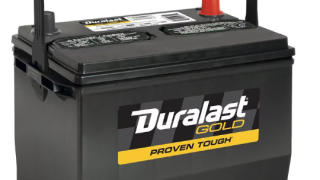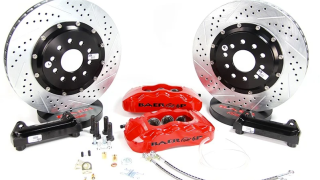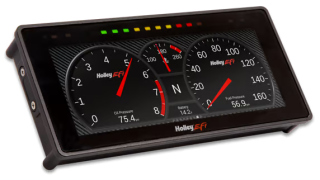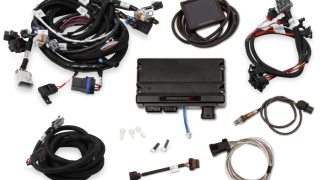
Test Sled Reincarnated Stage 2
Our Test Sled has been rejuvenated with a new engine & transmission. Now we’ll turn some wrenches to make brake and safety upgrades so we can test it on the chassis dyno and at the race track.
Season 11
Episode 6
Hosts: Pat Topolinski, Frankie Forman
First Air Date: May 20, 2024
Duration: 21 minutes 27 seconds







































